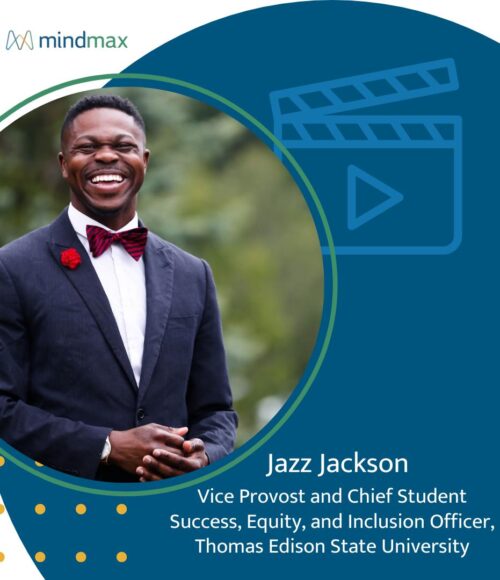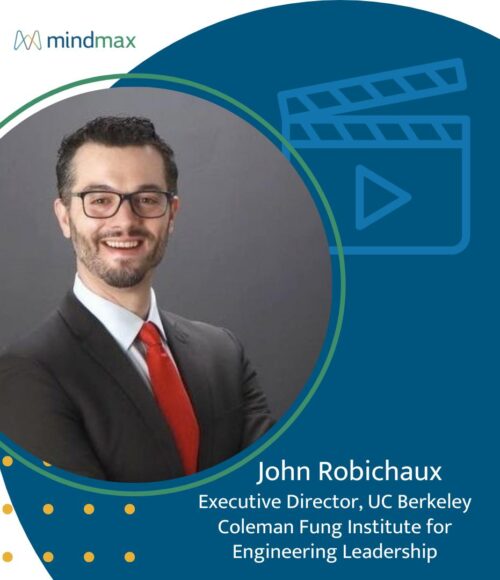Stop/Start/Continue: How Colleges Can Effectively Drive Organizational Change

Stop/Start/Continue: How Colleges Can Effectively Drive Organizational Change
When was the last time you took a moment to consider what’s working at your institution—and more importantly, what isn’t working?
One of the first tools I encountered in the business world was the Stop/Start/Continue exercise. I found this methodology so useful that I’ve relied on it ever since to help drive organizational change—and my own personal growth.
Stop/Start/Continue challenges organizations to identify misses, opportunities, and wins, with the goal of shifting priorities and increasing meaningful productivity. The methodology suggests that organizations:
- Stop doing activities that are unproductive, unnecessary, or that consistently yield suboptimal results
- Start new mission-aligned initiatives that can effect positive growth and change
- Continue activities that have proven productive and successful
There’s no better time for higher education institutions to have conversations about these topics.
Recently I recorded a series of podcasts with over 20 higher education leaders. Through these illuminating conversations, I consistently heard these leaders identify activities and initiatives to Stop, Start, or Continue. When you get the opinions of enough smart, thoughtful individuals, the patterns that emerge are worth paying attention to.
What Colleges Should Stop Doing
It may or may not surprise you to hear that my biggest takeaway from these podcast interviews is the importance of stopping.
That’s because meaningful growth is about more than just coming up with the next big breakthrough idea. It also requires the willingness to look critically at an initiative and say, “this isn’t working anymore.”
Higher education leaders have the perfect opportunity right now to reconsider what’s essential, letting go of high-cost activities with minimal impact in exchange for new initiatives better suited for the current (and future) reality. With COVID-19 as a catalyst, schools that embrace this paradigm shift may come to find that they can accomplish more with less.
Reflecting on the last year in particular has led many higher education leaders to reevaluate cost and effort spent on in-person facilities and experiences. While there’s no denying the value of face-to-face contact at the university level, schools are realizing (if they didn’t already) that high-quality online education can be a valuable substitute for in-person activities.
Through this process, they’re finding the courage to assess and eliminate high-cost activities that may not be delivering as much value as they had previously thought.
What Higher Education Leaders Want to Start Doing
The higher education leaders I spoke with identified several new initiatives that they plan to implement going forward, such as:
- Engaging differently with international populations. Prior to COVID-19, most US-based colleges didn’t prioritize online education for international students. The main value, as they saw it, was in students coming to the United States to have those experiences here. Now, more schools are incorporating high-quality online learning into their offerings to international students, including hybrid approaches that may offer the best of both worlds.
- Performance support. There are significant benefits to helping students extend their classroom learnings to outside environments like internships or jobs. Online communication platforms like Zoom have become widely accepted, allowing colleges to offer support in workplace settings where students can better apply what they’ve learned in the classroom.
- Prioritizing new skills and areas of focus. The shift toward online learning has inevitably affected administrative strategies at colleges of all sizes. Managing a remote workforce—once a small area of focus for Human Resources—is now a much bigger priority. Schools may also need to rethink ways to improve data security and privacy in an increasingly digital environment.
What Schools Need to Continue Doing to Succeed
In the face of the extreme difficulties of the past 12 months, it’s important for schools to acknowledge the things that are going well. We all need these “small wins” for positive reinforcement and to help us keep going.
Identifying what to continue is also important because it ensures some measure of stability in an organization. Those ongoing activities can help anchor faculty, staff, and even students during times of significant change.
The biggest theme that emerged in the “continue” vein from my conversations is about making that shift to take school online. As we’ve seen over the last year, schools that quickly embraced the “new normal”—or were already providing high-quality online education—found ways to thrive in the face of unprecedented circumstances. Higher education leaders who have expressed interest in magnifying those efforts will surely experience even greater success in the post-COVID world.
The challenges wrought by the COVID-19 pandemic have forced colleges to change and adapt like never before. With the end of the pandemic now in sight, schools have a distinct opportunity to reflect on the past year and push forward in new and exciting ways. The Stop/Start/Continue paradigm is a simple but powerful tool for doing exactly that.
If you’d like to hear my conversations with higher education leaders for yourself, subscribe to the MindMaxing podcast wherever you listen to audio content.
Related Ideas
Jazz Jackson Wants to Help Every Student Finish What They Start

John Robichaux Wants Lifelong Learning to Drive Public Impact
